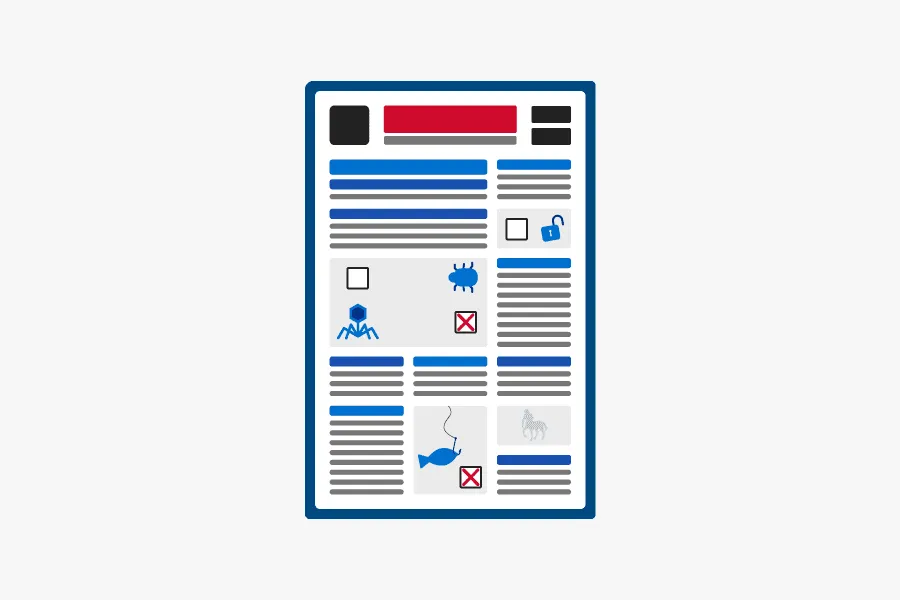The State of Cybersecurity: Accessibility Is the Key to Fighting Threats
In pursuit of its mission to help organizations reduce risk at the speed and scale of the internet, Recorded Future follows a few core tenets:
- Deliver threat intelligence that’s meaningful and accessible for all security professionals
- Remove the barriers to adoption
- Integrate threat intelligence into existing cybersecurity workflows
- Cultivate the company’s ecosystem of partners
A diligent pursuit of those objectives has brought effective results in the last few years. That’s what a new piece in The Sunday Times, a London-based news outlet, concluded in a special report on the state of cybersecurity in 2019.
Cyber threat intelligence, which is data-based knowledge that provides context around cybersecurity events — breaches, attacks, new vulnerabilities and malware, and so on — gives organizations the context they need to act quickly and reduce risk.
Titled “Recording data for cyberdefence,” the report notes that “in the age of social media and public relations crises snowballing out of control, the ensuing hours after a data breach can make or break a company’s reputation.” These days, the difference between successfully mitigating a cyberattack and allowing irreparable damage to be done can come down to the span of a few hours, or even minutes.
And in an increasingly interconnected world, the threat landscape has grown significantly larger. That’s not only because more systems and processes rely on the internet to function, but because more data is stored offsite and shared among business partners and other third parties — opening the door to third-party risk.
Keeping up with this flood of information is an impossible task for any one human or reasonably sized team of humans. Security teams need to be augmented by automated solutions, like Recorded Future threat intelligence.
It’s this pairing of man and machine that’s most effective, according to Staffan Truvé, co-founder and chief technology officer of Recorded Future. “I like to say that we’re trying to build ‘cybersecurity centaurs,’ to take the term from chess,” says Truvé. “The best chess player over the years hasn’t been a human or a computer, but the combination of the two. It’s the same at Recorded Future — we build machines and a portfolio of data that empower human analysts.”
Read the full report to see the metrics that support Recorded Future’s capability to save security teams time and money.
Related
